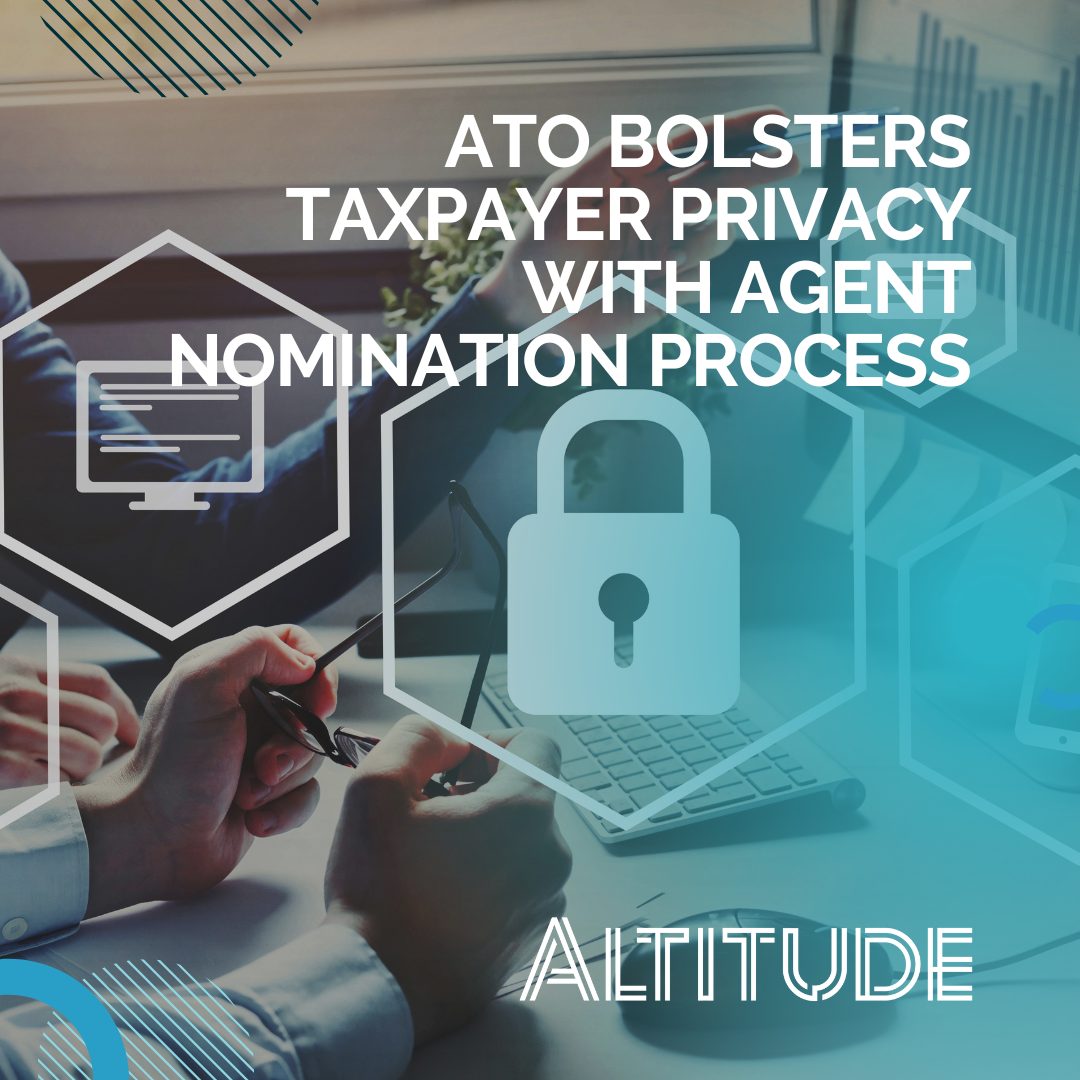
Self Managed Super Funds (SMSFs) offer a unique and flexible approach to retirement savings, providing members with greater control over their investment choices. One popular investment option for SMSFs is the acquisition of commercial property. This strategy not only diversifies the fund’s portfolio but also offers potential tax advantages and stable rental income. However, several regulations govern such investments to ensure compliance and the long-term viability of the SMSF. In this article, we explore the key considerations and rules for SMSFs looking to invest in commercial property.
Can SMSFs Purchase Commercial Property?
Yes, SMSFs can purchase commercial property as part of their investment strategy. This can be an attractive option for business owners who wish to manage their superannuation while also investing in their business premises. The property can be directly owned by the SMSF, providing the fund with rental income and potential capital growth. This investment aligns well with the long-term objectives of superannuation, which is to provide retirement benefits to its members.
Business owners can benefit from the long term security of owning their business premises and tax savings through the SMSF 15% tax rate. It is important to review the goals of the business before committing as the overall benefit can be diminished significantly if it proves to be a short to medium term plan e.g. business outgrows the premises.
Tenancy by Related Parties
An SMSF can lease commercial property to related parties, such as a member’s business, provided the lease terms are at arm’s length. This means the conditions, including the rent, terms, and conditions, must be comparable to those that would be offered to an unrelated party. This ensures that the arrangement is fair and in the best interest of the SMSF, avoiding any preferential treatment that could compromise the fund’s compliance with superannuation laws.
The Sole Purpose Test
A fundamental rule that governs SMSF investments is the Sole Purpose Test. This test mandates that all activities and investments of an SMSF must be conducted with the sole purpose of providing retirement benefits to its members. When purchasing commercial property, the SMSF trustees must ensure that the investment aligns with this objective. The property should provide a genuine investment return, through either rental income or capital growth, and should not be used for personal enjoyment or benefit.
Business owners must ensure they treat the SMSF as an arm’s length Landlord to ensure they meet this test. It is important to establish a tenancy agreement, pay market value rent on time and split expenses correctly between the business and the SMSF. Significant SMSF penalties can apply where breaches occur.
Limited Recourse Borrowing Arrangements
To facilitate the purchase of commercial property, SMSFs can use Limited Recourse Borrowing Arrangements (LRBAs). Under an LRBA, the loan is secured against the property being purchased, and the lender’s recourse is limited to this property alone. This means that if the SMSF defaults on the loan, the lender cannot claim other assets of the fund. This structure protects the broader portfolio of the SMSF while enabling it to leverage its assets to invest in potentially higher-return properties.
We have found many lenders don’t offer LRBA in their usual business. From setup to property settlement, the process will usually take 2-3 months to setup an SMSF, roll in existing super accounts and have the cash ready for settlement. Cash deposits required are generally 40%-50% of sale price (funded through superannuation balances), while interest rates and setup costs can be expensive. We recommend working with a finance broker to identify the best arrangement for you.
Can Commercial Property Be Purchased from Members or Related Parties?
SMSFs are permitted to acquire commercial property from members or related parties, which includes business associates or relatives. However, this transaction must adhere to stringent rules to ensure that it is conducted at market value and is not advantageous to either party beyond normal market terms. This is critical to maintaining the integrity of the superannuation system and avoiding conflicts of interest. The purchase must be documented and supported by an independent valuation to confirm that the price reflects true market value.
In this situation, business owners should consider the benefit of selling into the SMSF verse the transfer costs, namely transfer duty, which can be significant.
Conclusion
Investing in commercial property through an SMSF can be a strategic move for diversifying your retirement portfolio and achieving long-term growth. However, it comes with a set of regulatory requirements designed to maintain the integrity of the superannuation system. By ensuring that the purchase is at market value, utilizing limited recourse borrowing arrangements appropriately, ensuring leases to related parties are under arm’s length terms, and making sure the Sole Purpose Test is met, SMSF trustees can effectively and compliantly include commercial property in their fund’s investment strategy. By understanding and adhering to these rules, SMSF members can make informed decisions to grow their retirement savings while taking advantage of the unique benefits that commercial property investments can offer.


